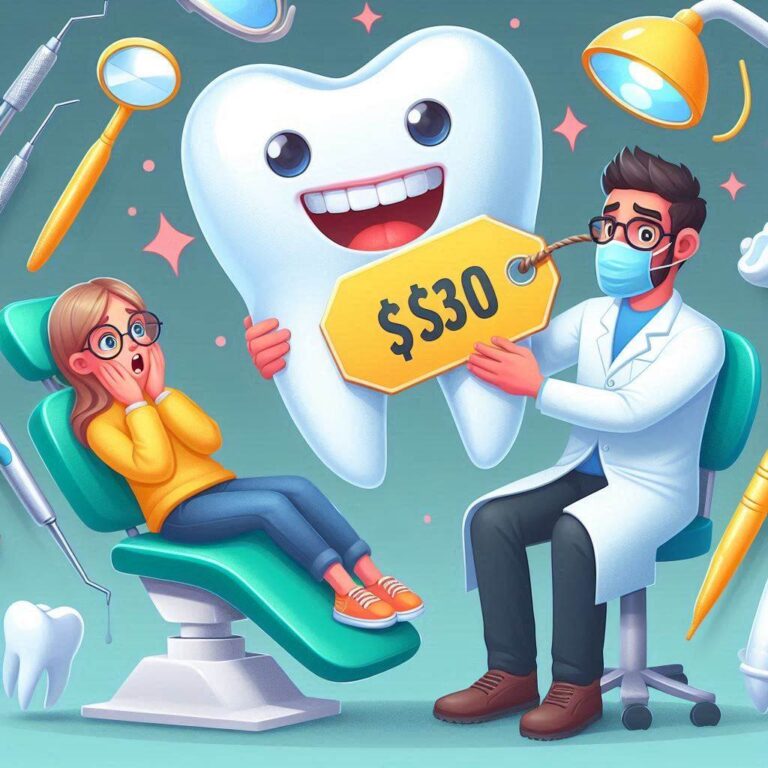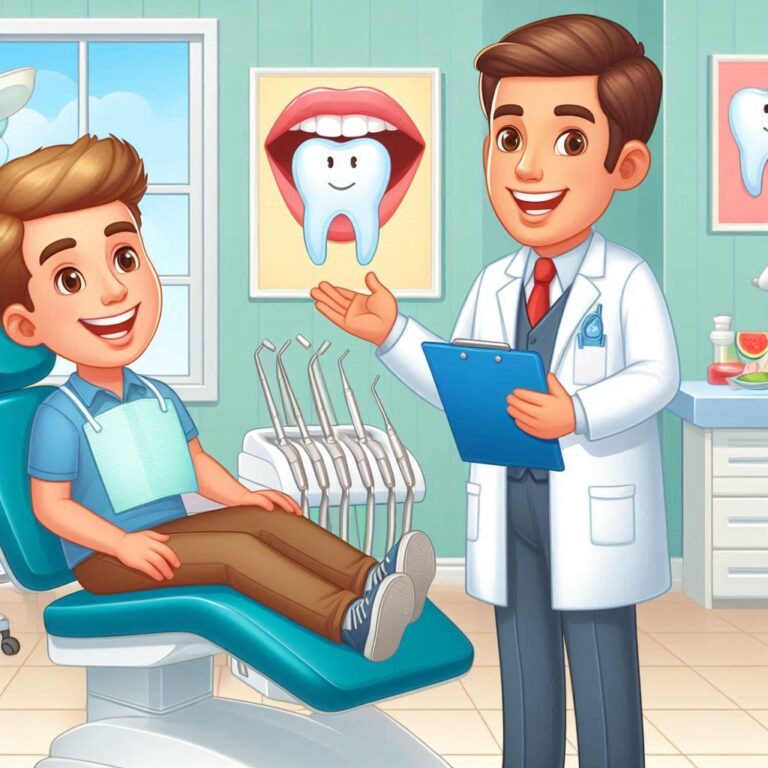Tooth Extraction Before and After: A Comprehensive Guide
Tooth extraction is a common dental procedure that can significantly impact your oral health and overall well-being. Whether it’s due to a decayed tooth, an impacted wisdom tooth, or orthodontic needs, understanding the process of tooth extraction—from preparation to recovery—is crucial for optimal results.
In this comprehensive guide, we delve into every aspect of tooth extraction, providing detailed insights into what happens before, during, and after the procedure. With practical tips, visuals, and professional advice, this guide ensures you are well-informed and prepared.

What is Tooth Extraction?
Definition and Purpose
Tooth extraction is the removal of a tooth from its socket in the jawbone. This procedure is typically performed by a dentist or oral surgeon to address issues that cannot be resolved with other dental treatments.
Common Reasons for Tooth Extraction
- Severe Tooth Decay: When cavities penetrate too deeply to be repaired by fillings or crowns.
- Gum Disease: Advanced periodontal disease can loosen teeth, necessitating removal.
- Impacted Teeth: Often applies to wisdom teeth that fail to emerge properly.
- Orthodontic Treatment: Creating space for properly aligned teeth.
- Trauma or Injury: Severely damaged teeth may need to be extracted.
Preparing for Tooth Extraction
Consulting a Dentist
Before undergoing tooth extraction, your dentist will evaluate your oral health through X-rays and clinical examination. This step ensures a clear understanding of the tooth’s condition and its surrounding structures.
Pre-Procedure Medical Evaluation
Inform your dentist about:
- Any chronic health conditions (e.g., diabetes, heart disease).
- Medications you’re currently taking.
- Known allergies to medications or anesthesia.
Dietary Restrictions Before Extraction
- Avoid eating or drinking for at least 6-8 hours if undergoing general anesthesia.
- Stay hydrated if local anesthesia is used.
Immediate Aftercare Following Tooth Extraction
Managing Bleeding and Swelling
- Bite gently on gauze to stop bleeding. Change the gauze every 30 minutes.
- Apply an ice pack to the outside of your face for 10-minute intervals to reduce swelling.
Pain Management
- Use prescribed painkillers or over-the-counter medications like ibuprofen.
- Avoid aspirin as it may increase bleeding.
Rest and Recovery Tips
- Avoid strenuous activities for at least 48 hours.
- Keep your head elevated while resting.
Do’s and Don’ts After Tooth Extraction
Do’s
- Rinse gently with warm salt water after 24 hours to keep the area clean.
- Stick to soft foods like mashed potatoes, yogurt, and soups.
Don’ts
- Avoid drinking through a straw, as this can dislodge the clot and lead to dry socket.
- Refrain from smoking or consuming alcohol for at least 48 hours.
Complications After Tooth Extraction
Dry Socket
This occurs when the blood clot at the extraction site is dislodged, exposing underlying nerves. Symptoms include severe pain and foul odor.
Infection
Look out for swelling, fever, or pus, which may indicate an infection requiring antibiotics.
Nerve Damage
Rare but possible, especially in wisdom tooth extractions. Symptoms include numbness or tingling in the lips or tongue.
Tooth Replacement Options Post-Extraction
| Option | Description | Average Cost |
|---|---|---|
| Dental Implants | Permanent solution, natural look | $3,000 – $5,000 |
| Bridges | Fixed replacement for missing teeth | $500 – $1,200 |
| Dentures | Removable replacement teeth | $300 – $1,000 |
Conclusion
Tooth extraction, though daunting, is a routine procedure that can alleviate pain and improve oral health. Proper preparation, aftercare, and awareness of complications are essential for a smooth recovery.
Frequently Asked Questions (FAQs)
- How Long Does It Take to Heal from Tooth Extraction?
- Most people recover within 7-10 days, but full healing can take weeks.
- Is Tooth Extraction Painful?
- With modern anesthesia, the procedure is virtually pain-free. Mild discomfort afterward is manageable with painkillers.
- Can I Eat Normally After Extraction?
- Stick to soft foods for the first few days and gradually reintroduce solid foods as healing progresses.
- What is a Dry Socket, and How Can I Prevent It?
- A dry socket occurs when the clot dislodges. Avoid smoking, straws, and vigorous rinsing to prevent it.
- Do I Need a Tooth Replacement?
- Yes, replacing missing teeth maintains jaw health and prevents shifting of adjacent teeth.
Additional Resources
- American Dental Association: www.ada.org
- Mayo Clinic’s Guide to Tooth Extraction: www.mayoclinic.org
- National Institute of Dental and Craniofacial Research: www.nidcr.nih.gov


